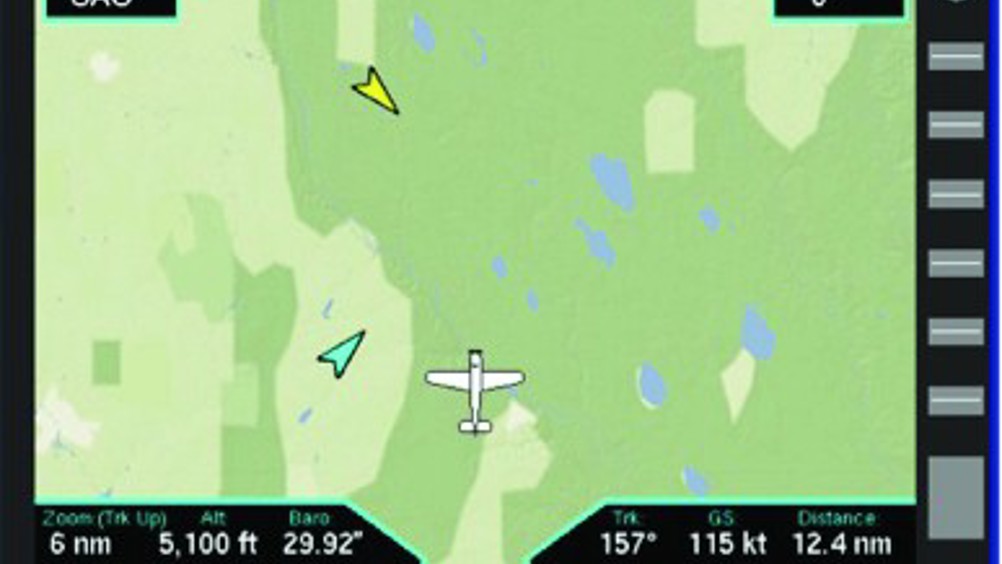Engineers reduce risk of mid-air collisions
Researchers at North Carolina State University have developed new modifications for technology that helps pilots of small aircraft avoid mid-air collisions.

At issue are cockpit displays of traffic information (CDTIs), which are GPS displays used by private pilots to track other aircraft nearby. However, pilots often focus on the closest aircraft on the display, which can pose a significant hazard.
For example, the pilot of Plane A who sees two planes on the CDTI is more likely to focus on the closest aircraft (Plane B). But if the more distant plane (Plane C) is moving at high speed, it could cross the pilot’s path before Plane B does. Not paying enough attention to Plane C increases risk of a mid-air collision.
‘Our goal was to modify a CDTI to help pilots recognize which other planes pose the greatest risk. And it worked,’ said Carl Pankok, lead author of a study on the work and a Ph.D. student in the Edward P. Fitts Department of Industrial and Systems Engineering at NC State.
Register now to continue reading
Thanks for visiting The Engineer. You’ve now reached your monthly limit of news stories. Register for free to unlock unlimited access to all of our news coverage, as well as premium content including opinion, in-depth features and special reports.
Benefits of registering
-
In-depth insights and coverage of key emerging trends
-
Unrestricted access to special reports throughout the year
-
Daily technology news delivered straight to your inbox










Water Sector Talent Exodus Could Cripple The Sector
Well let´s do a little experiment. My last (10.4.25) half-yearly water/waste water bill from Severn Trent was £98.29. How much does not-for-profit Dŵr...